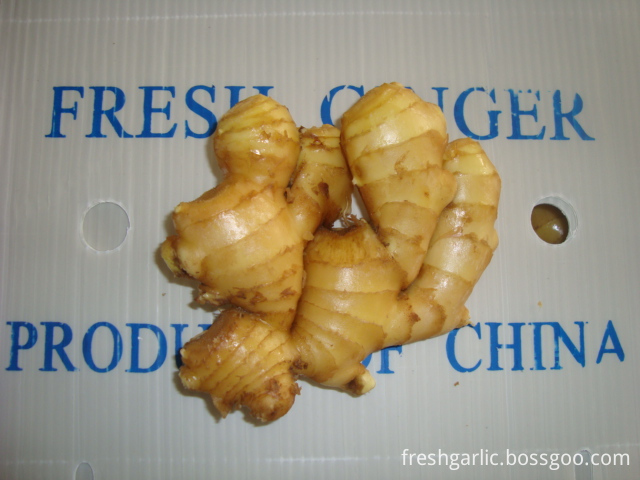Bring fruit and vegetables to the balcony to feed
The scientific name Prodenia litura (Fabricius) Lepidoptera, Noctuidae. Alias ​​lotus moth. Distribution from the north of Heilongjiang, Inner Mongolia, Xinjiang, South arrived in Taiwan, Hainan, Guangdong, Guangxi, Yunnan, the East and North Korea North, and West Xinjiang, Tibet. The Yangtze River basin and its areas south of the area are dense, and the Yellow River and Huaihe River basins have intermittent disasters.
There are more than 290 kinds of plants such as cotton, tobacco, potatoes, beans, mulberry, melons and various vegetables.
The newly hatched larvae are clustered together, and the newly hatched larvae feed on the back of the leaves, leaving epidermis or veins on the leaves, resulting in screen-like mosaics, followed by scattered damage, feeding on leaves and budding bells, severely eating out the leaves, and killing the bells. Causes rotten bells or shedding. Spodoptera litura damages the flower, first eats the flower, and then eats the petals. The stamen, pistil, and stigma are damaged. The corolla is eaten or incomplete. When damaging cotton bolls, there are 1-3 boring holes in the base of the bell, the aperture is irregular, and the worms are piled on the outside of the hole. There are traces of quilts on the surface of the bell.
Morphological characteristics, habits, see this book rape insects Spodoptera litura. The worm is 4-5 years old in the cotton area of ​​the Yellow River Basin, and most of the larvae live in the winter or a few mature larvae. The insect is not tolerant to low temperatures due to high temperatures, and it is sometimes impossible to safely overwinter in the north of the Yangtze River. The 2nd, 3rd, and 4th generation larvae occurred in late June-August, respectively, and serious damage occurred from July to September. After 4th instar, the food intake surged into the gluttony period. The optimum temperature for each species was 28-30°C, and the temperature was 35-40°C. Can also grow and develop normally. Adult phototaxis strong, spawning blocks.
Control methods (1) During the management of cotton fields, it was found that the egg pieces were removed in time, and if necessary, the leaves of newly hatched larvae were burned. (2) In the adult stage, black light traps are set to kill adults. (3) Before larvae 3rd instar, spray 5% Ruijinte suspension 1500x or 48% chlorpyrifos 1300x, 2.5% cream 2000x, 24% Wanling water in the afternoon or evening. 1000 times liquid agent, 20% 2000 times of the unspentant suspension, or 44% quick-acting emulsion 1500 times, 5% anti-CTP cream 1000 times, used alone or in alternation. In addition, it is also possible to use 50% phoxim EC 1000x or 25% CIK EC 2000x.
The Fresh Ginger we supply comes from the best origin Shandong, quality is the best, price of the fresh ginger we supply is competitive.
1. Commodity Name: Fresh Ginger
2. Feature: Shiny yellow color, plump, clean, smooth, no pests or rotten3. Size: 50g,100g, 150g, 200g,250g, 300g, 350g & up
4. Variety: fresh ginger
5. Packing:
a) calcium plastic carton: 30lbs/ctn, 10lbs/ctn
b) paper carton: 10kg/ctn, 20kg/ctn with plastic bag inner
c) mesh bag: 10kg/bag, 20kg/bag
d) or according to clients' requirements.
6. Supply Period: all Year Round
7. Conveyance: 22-27MT/40' HR( loading quantity depending on packing)
8.Transporting and storing temperature: +13°C

Fresh Ginger
Fresh Ginger,Organic Fresh Ginger,Fresh Young Ginger,Young Ginger
JINING FORICH FRUITS & VEGETABLES CO., LTD. , https://www.forichgarlic.com